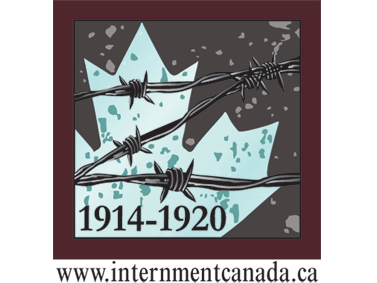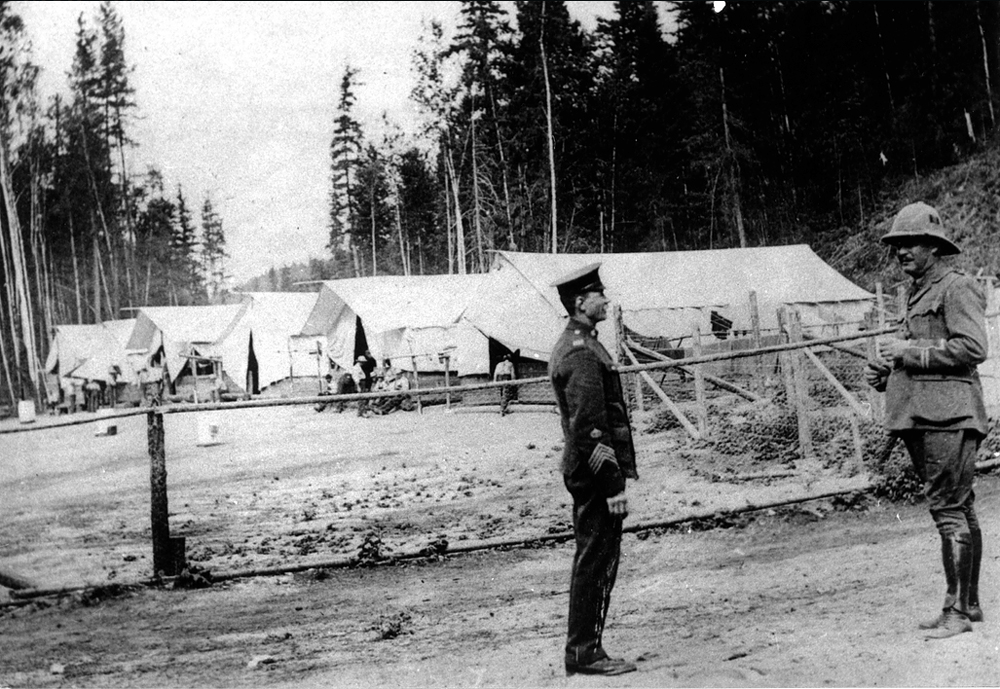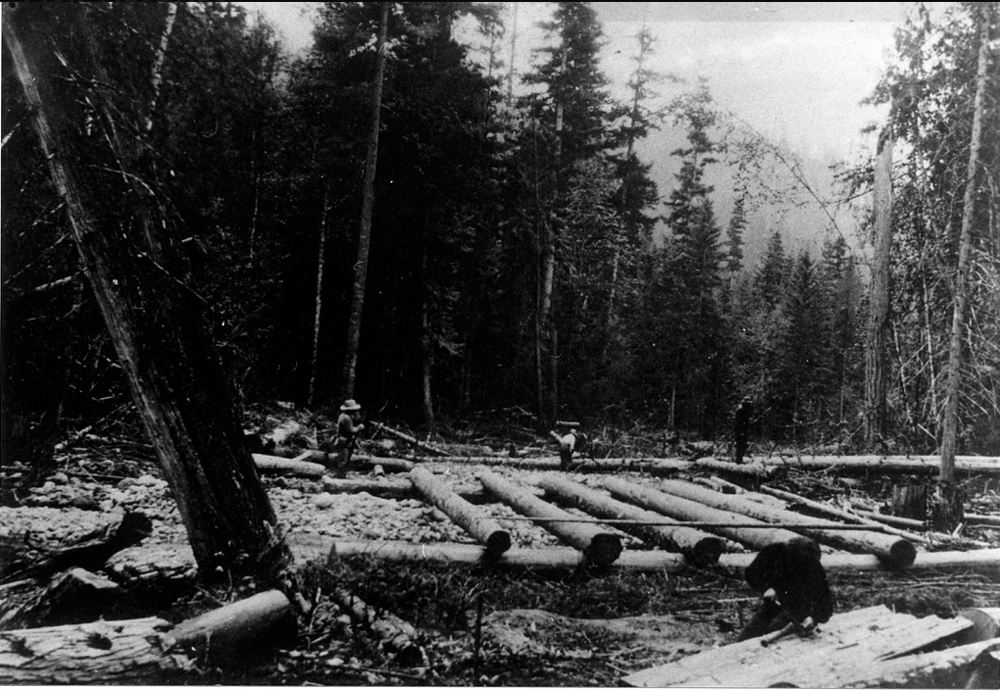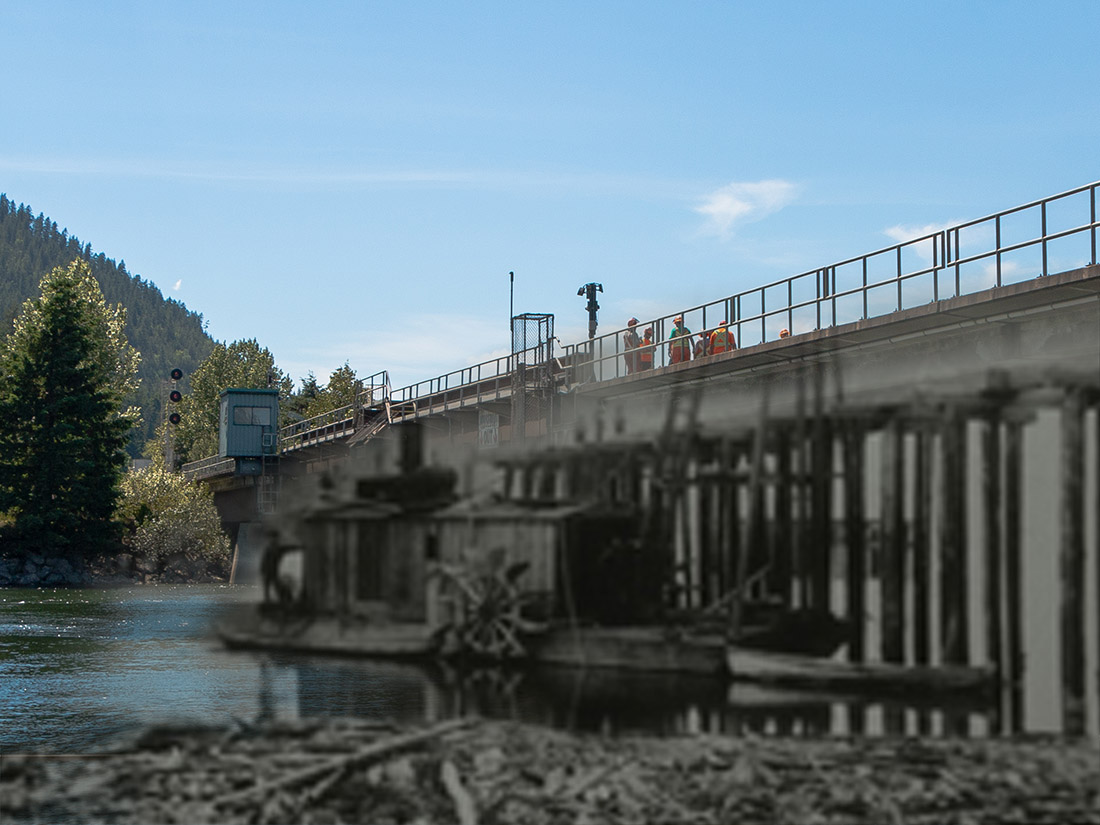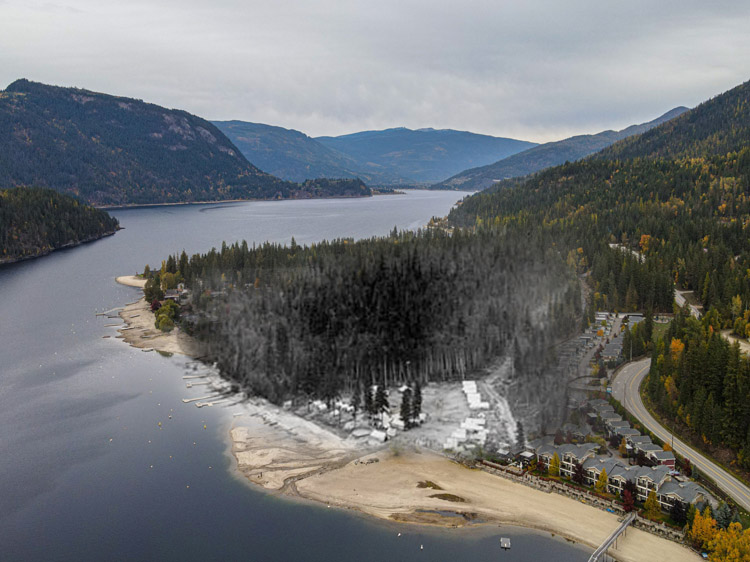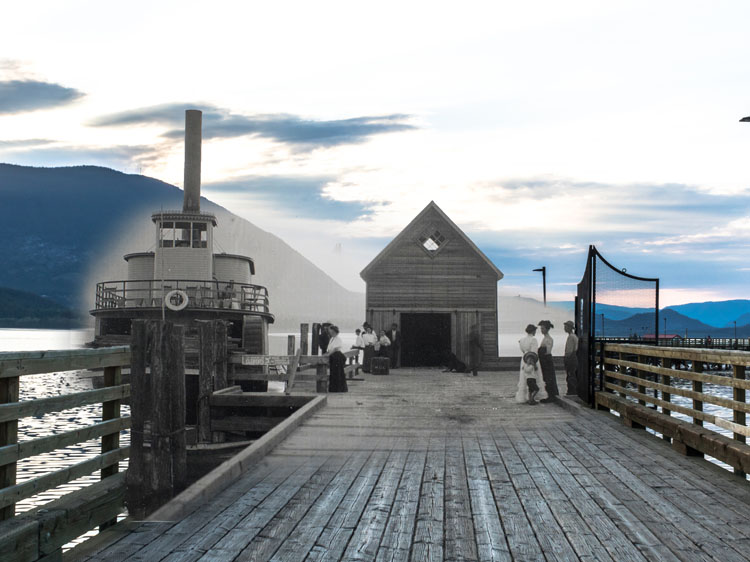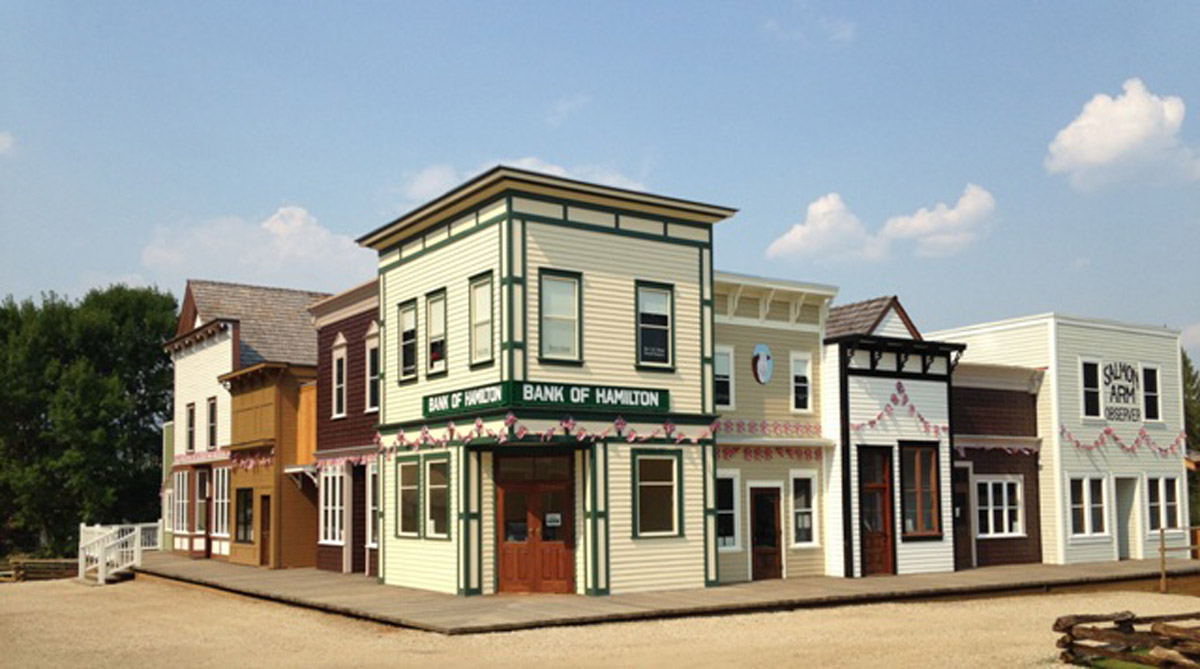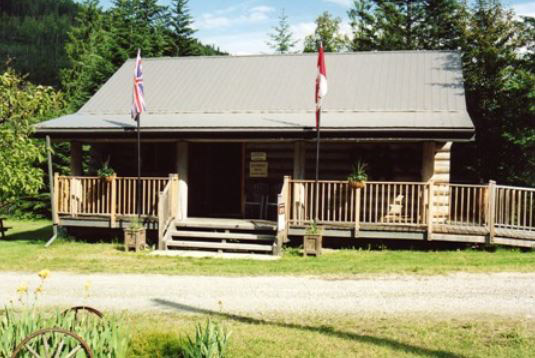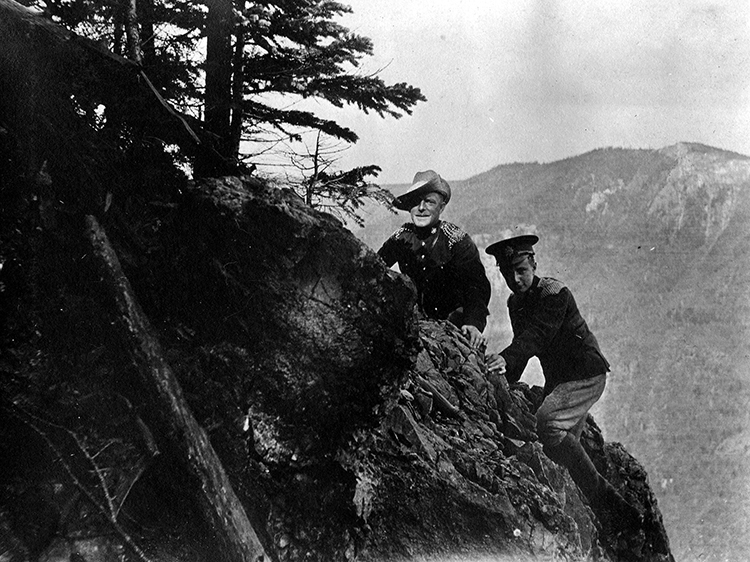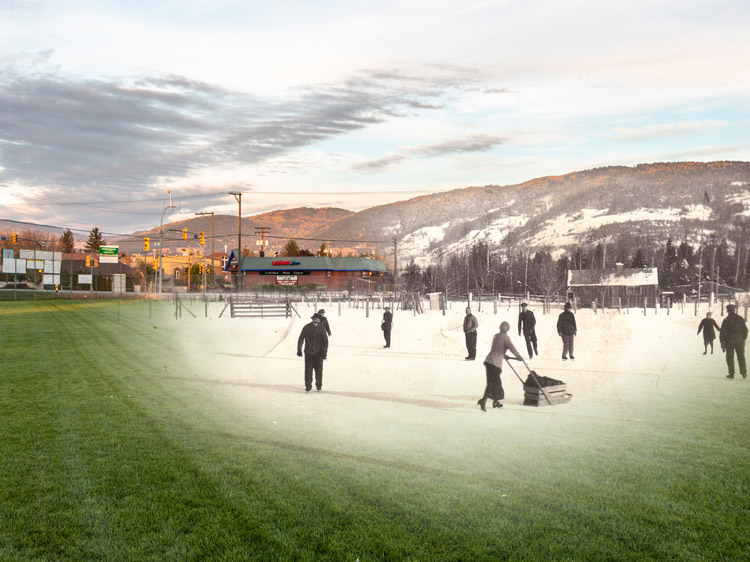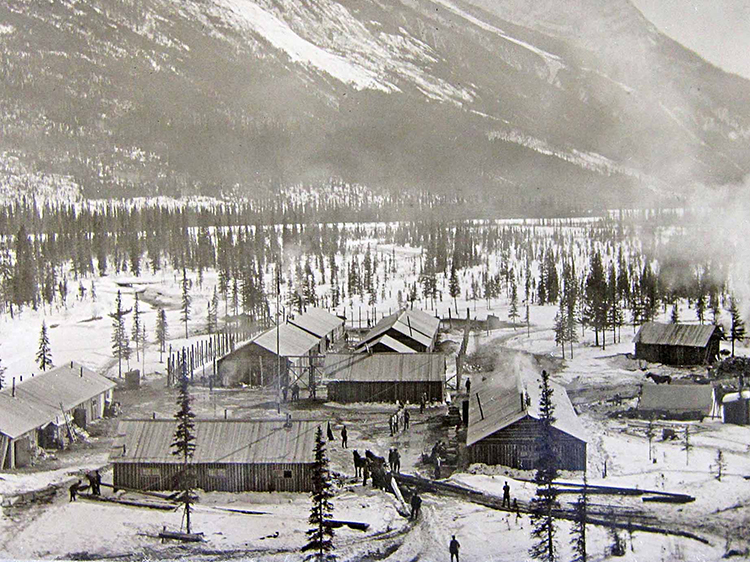Mount Revelstoke was a natural destination for skiing and mountaineering, which led to its designation as a National Park in 1914. During the First World War the local business community and the Dominion Parks Branch wanted to build a road to the summit. The provincial government granted them the labour of 200 mostly Austro-Hungarian internees, who had been imprisoned on account of their 'enemy alien' status. The internment camp where these men were held was only open for a brief period in the fall of 1915, before being abandoned.
Today the park remains a hugely popular recreation destination, hosting over 600,000 visitors a year.
<<
This project has been made possible by a grant from the Endowment Council of the Canadian First World War Internment Recognition Fund.
We respectfully acknowledge that Revelstoke National Park lies within the ancestral, traditional, and unceded territory of the Okanagan, Sinixt, and Secwépemc First Nations.
Donate Now
If you enjoyed this free content, we ask you to consider making a donation to the Canada-Ukraine Foundation, which is providing urgently needed humanitarian aid to Ukraine.
The Ukrainian people are heroically defending their homeland against a genocidal war of Russian aggression. The humanitarian situation is critical and the needs immense. 100% of all donations made through this link go directly to supporting the people of Ukraine. Recently funded initiatives by the Canada-Ukraine Foundation include demining and removal of unexploded ordnance, and the evacuation of thousands of deaf people from the warzone.
Explore
Revelstoke
Stories
Revelstoke Internment Camp
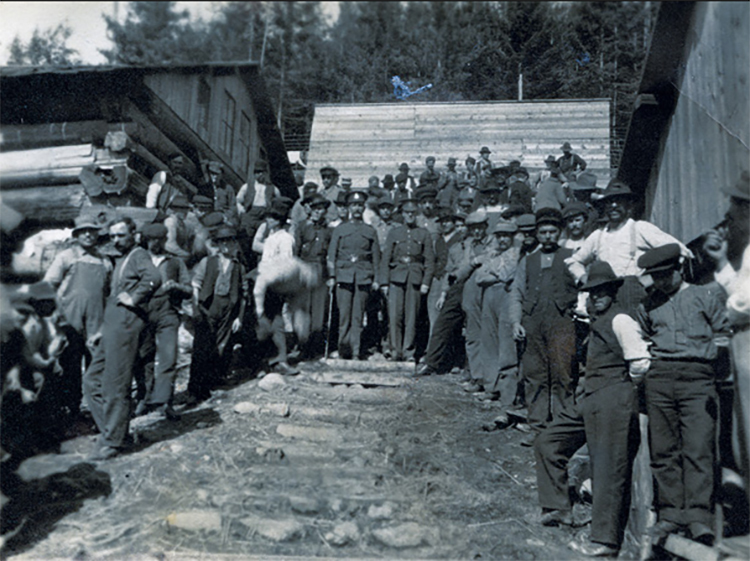
In the winter of 1915 this mountain was the site of a brutal ordeal for 200 Austro-Hungarian men imprisoned and under armed guard by Canadian soldiers. They were among thousands of civilians, many naturalized Canadian citizens, who were arrested because Canada had gone to war with their mother countries.
They were sent to a small camp near this site, and then forced to begin construction on the road to the mountain summit in September 1915. The project was ill-conceived from the outset. The camp was disastrously situated and had a haphazard water supply. The guards were cruel, abusing and overworking the prisoners. It also began to snow.
In just over a month further road construction became impossible. The camp was abandoned. The internees were dispatched to Yoho National Park where the Otter internment camp was being built.1
Today, Mount Revelstoke internment camp has almost completely disappeared. The site is overgrown with trees. If one looks closely, they can see the rotting wooden foundations of the bunkhouses. Rusted barbed wire is still ominously wrapped around some of the older trees. They are a painful reminder of a dark chapter of Canada’s history that is only in recent years getting the attention it deserves.


